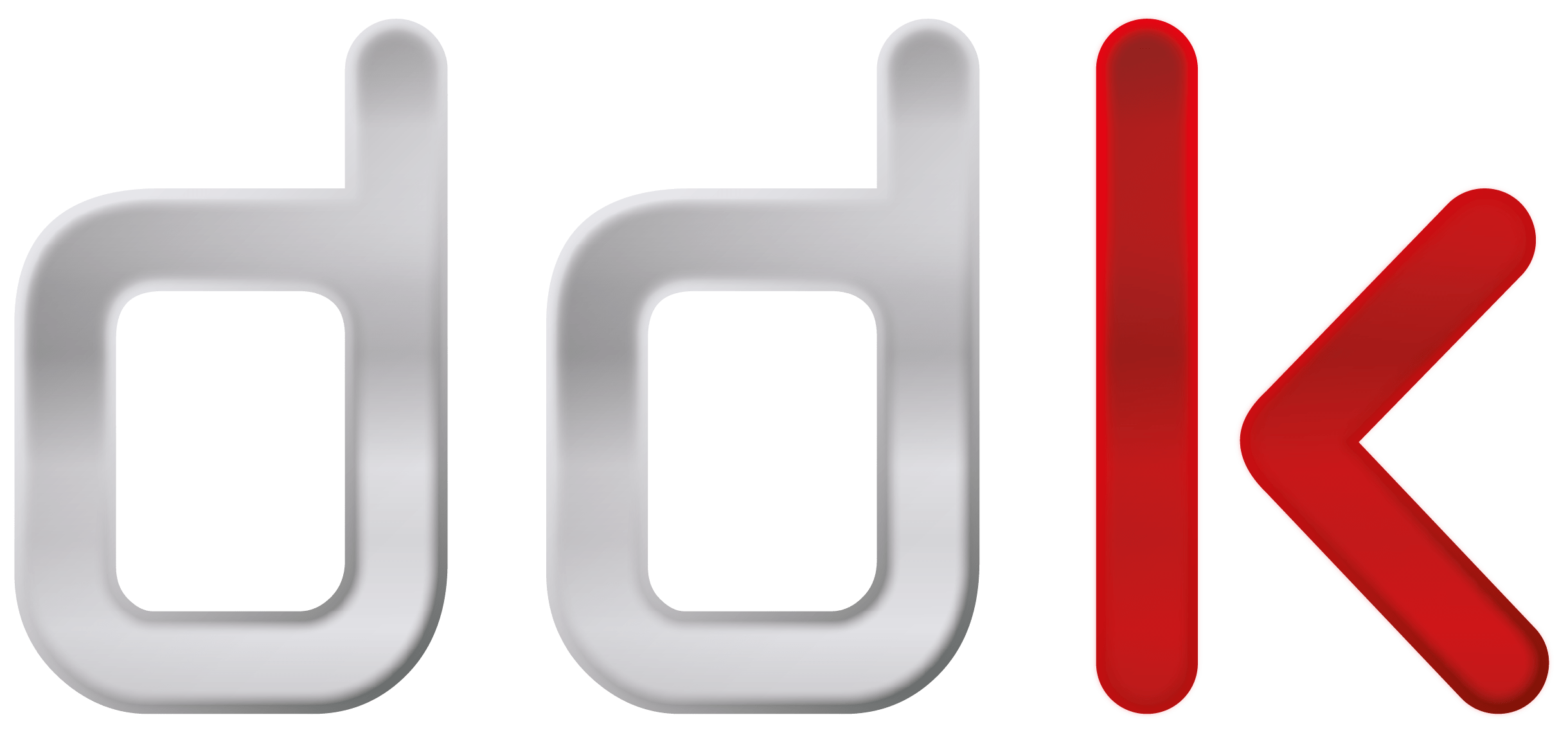Leveraging commodity market pricing to maximise profitability on construction projects
27 September 2022
How much attention do you pay to the market price of commodities? If you’re involved in managing capex projects, then you should definitely be following the macroeconomic trends.
Each industry has characteristic costs for each type of facility and while models such as Lang factors are useful for estimating the total project cost, careful monitoring of market trends can help you make informed purchasing decisions and facilitate huge savings.
Commodity prices tend to work in cycles – as prices go up, demand drops off, then as prices go down, the pent-up demand is released, leading to reduced supply and subsequent upturn in prices. If the pent-up demand is significant, this can extend the cycle as we are currently seeing with the backlog in demand for microchips where lead time has extended from 3 months to 12+ months with no reduction in pricing.
For example, a project to build a warehouse is likely to have a large percentage of steel within the cost. Looking at the steel rebar future and historical trends, we can see that it peaked in September 2021 at around 6,000CMY / ton and has since dropped to under 4,000CMY per ton where it has plateaued. We would therefore expect it to begin climbing again within the next few months. Similarly, the price of copper – widely used in cables – has just started to fall from a high of $4.75 per pound to around $3.3 per pound.
If you know the approximate volume of steel or copper that you are likely to need in your project, monitoring the commodity price can enable you to pick the best time to buy. If the prices are climbing you may want to lock in the price, while if it is falling you may want to sit back a little and see if it drops further. Strategic investment at the point where a market begins to rise can save you time and cost.
It is essential to have a clear view of your long-term project pipeline and the impact of delays alongside monitoring commodity pricing in order to calculate the cost / benefit analysis. For example, if an eight-month project extends out to a year in order to wait for the optimum commodity price, then four months of potential payback have been lost. Does the cost reduction outweigh the lost production time? The key is to understand with a high degree of accuracy how the variables will impact on your project and how quickly you can react to changes. It is a question of balancing the levers of commodity price versus time and opportunity cost to deliver the most effective result.
Taking a strategic approach and working closely with supply partners can help reduce schedule impacts through an understanding of the drivers of supplier lead times and where the potential delays can occur. For example, in the case of a vessel manufacturer with a multi-year contract to supply mixing vessels where you know that this will require large volumes of stainless steel, you can purchase the material in bulk at the most opportune moment and hold it with the supplier to reduce their lead times, reduce overall costs and mitigate schedule risks.
DDK keeps a finger on the pulse of market trends and constantly monitors pricing and products, enabling us to advise strategically on the most appropriate purchasing methodology and how it will impact on project timelines.
